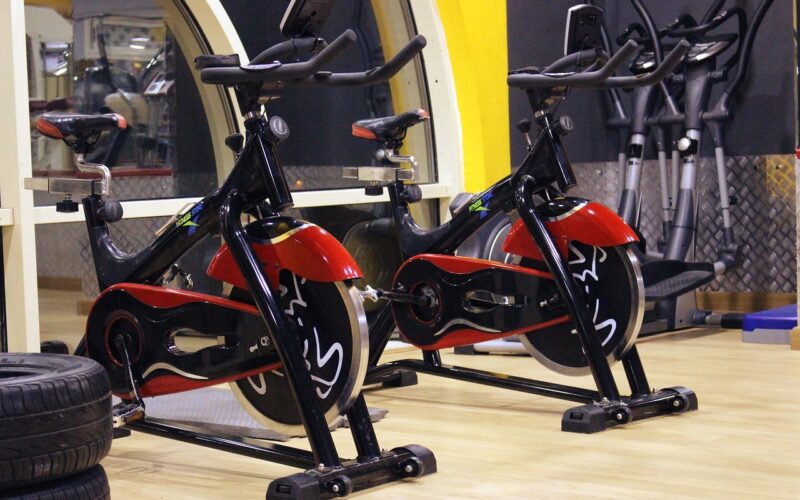Visualise the perfect life
To achieve happiness and fulfilment, it is important to have a vision for what your life should look like. Whether this involves embarking on an exciting new career path or developing close relationships with family and friends, you must have an idea of what you truly want out of life.
This vision can guide your decisions, helping you to make choices that reflect what is most important to you. Whether this means spending more time reading a favourite book or trying out a new hobby, recognizing what gives your life meaning is essential for living a fulfilling life.
On the other hand, sometimes you may feel like you don't know what you want from life. If this is the case for you, try taking some time to reflect on what motivates you and what makes you happy. Think about what brings a sense of pleasure and purpose into your daily routine, and use this as a starting point for envisioning what your ideal life would look like.
Figure out what's important to you
There are many things that you may consider important in our lives, such as family, friends, travel, and money. However, not all of these things are necessarily equally valuable or meaningful. For example, family is often considered to be the most important thing in life, as it is our closest, most intimate relationship with others.
Meanwhile, while money can certainly allow you to enjoy some of the finer things in life – such as a large house or frequent travel – these things alone do not guarantee happiness or fulfilment.
Ultimately, what is most important in life is the ability to appreciate and savour those moments of connection and joy that come from simply being with the people you care about and who care about you in return. When you take time to reflect on what matters to us, you can start to find meaning and fulfilment even amid the chaos and uncertainties of daily life.
Making plans
To achieve your goals and transform your vision into a desired lifestyle, it is important to develop a comprehensive ten-year plan. This plan should consist of five-year milestones and yearly goals, each of which will help you to stay focused and on track as you progress towards your ultimate goals.
At the outset, it is crucial to assess where you are currently in terms of achieving your goals. This may include evaluating your current financial situation, health status, and professional standing. You may also want to consider other elements such as your relationships with friends and family members or your level of environmental awareness. Once you have a clear picture of where you stand, you can then begin setting benchmarks or goals that will help drive you closer to achieving the ultimate goals laid out in your plan.
Your five-year mark should be both realistic and challenging, balancing short-term goals with long-term ones. For example, if one of your goals is to lose weight within the next five years, then one possible milestone might be exercising for a set number of minutes three times per week during that period. Likewise, if one of your goals is to increase your earnings by a specific amount over the next decade, then another achievable milestone might be learning new skills or obtaining additional certifications that would help in accomplishing this goal.
As you move forward throughout the various stages of development laid out by your ten-year plan, it is critical to keep yourself motivated by taking stock of how far you have come. Revisiting earlier mileposts can serve as important reminders about why you embarked on this journey in the first place and provide the necessary energy for continuing even when things become challenging along the way.

























